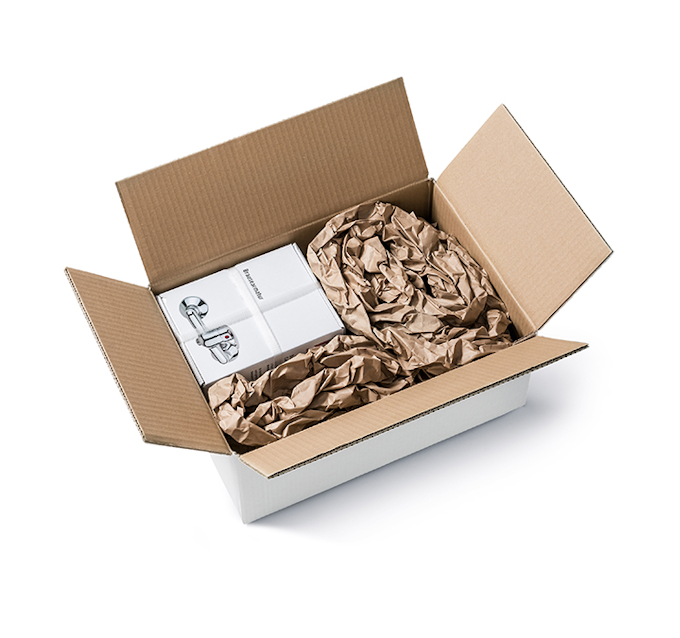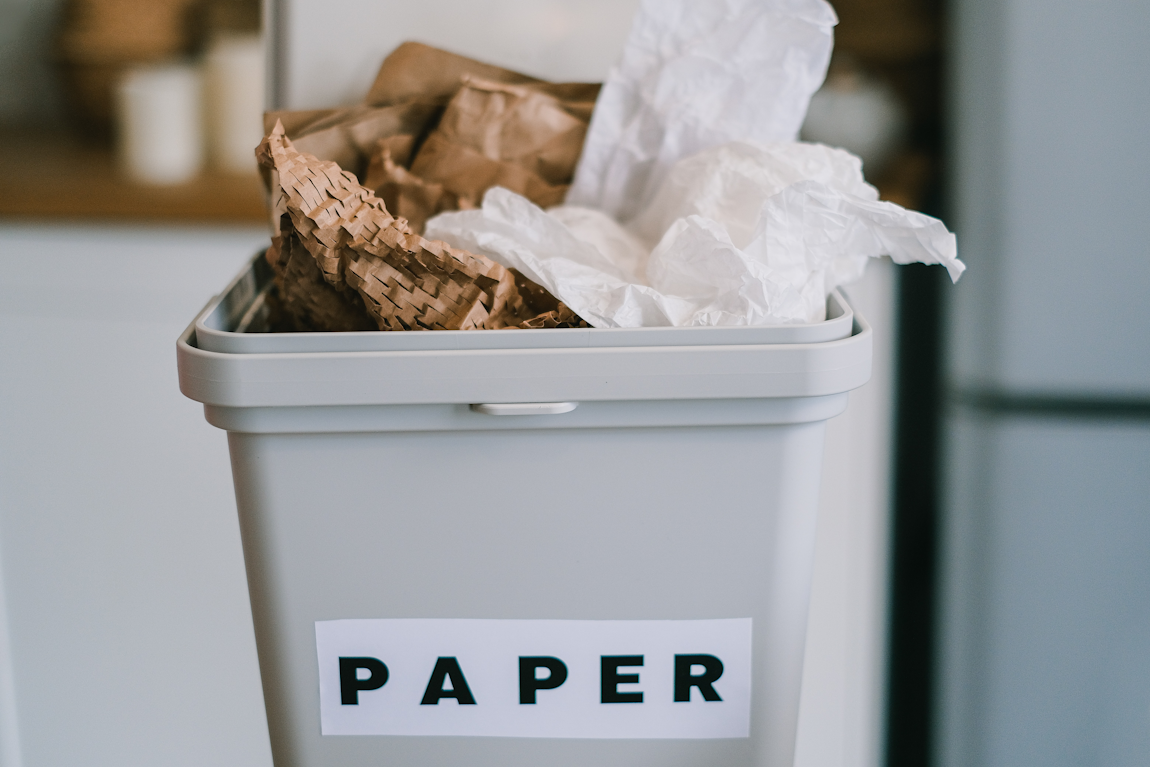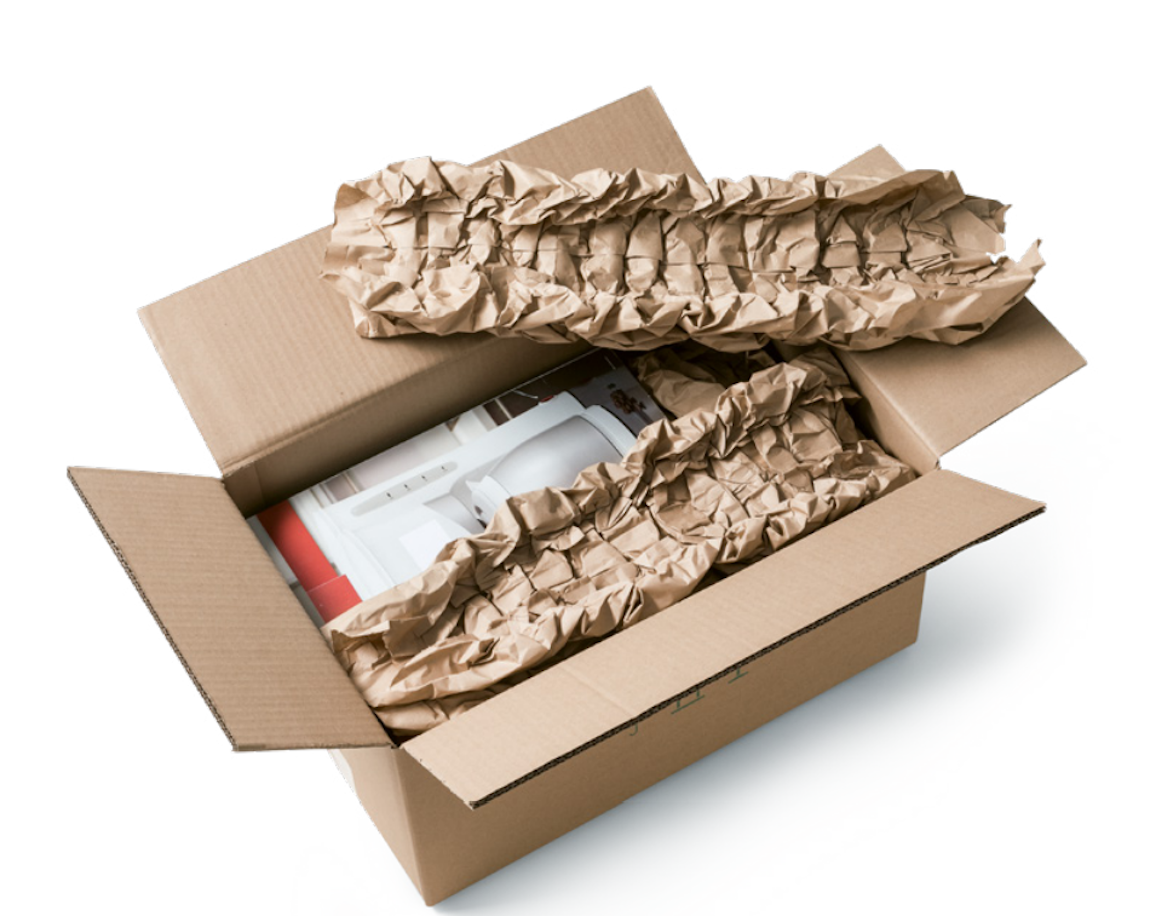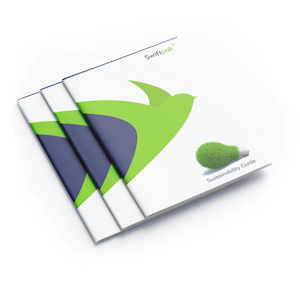A brief look at the history of recycling paper
Recycling paper is no new concept, recycling started over 100 years ago when cotton rags were picked for papermaking. The first recorded paper recycling was in Japan during the Heian Period where the Japanese Imperial Court suffered a decline which led to paper production falling out of control. As private estate owners began building their own paper mills, the idea of using wastepaper begun in order to maximise output and conserve materials.
In World War II, paper recycling became one of the many nationwide campaigns that would help to fund war efforts. In fact, the first curbside collections of paper began in the 1960s in the States and Missouri got its first curbside paper recycling bin in 1974 which was dubbed “the tree saver!” – an accurate name!
That brings us to our next point.
Why should you recycle paper packaging?
Recycling paper has multiple benefits for the environment. One ton of recycled paper conserves more than just a natural resource, it will save 7000 gallons of water, 463 gallons of oil, and 17 trees in the process – if that doesn’t convince you, we don’t know what will!
But here are some other reasons why you should use recycled paper materials including corrugated cardboard, packaging fillers, and other paper packaging resources:
- Reduce Landfill size: 40% of all waste going to landfills is paper. Cutting down on paper waste will decrease the size of the landfills.
- Minimise pollution: Recycled paper requires up to 50% less energy to craft, the process of recycling results in 74% less air pollution and 34% less water pollution.
- Paper can be repurposed: By re-using paper when recycled, you can be making life a lot easier. For example, corrugated cardboard can be created into new cardboard, or as strong protection inside packaging, or it could be used as something else entirely like cereal boxes.
By more recycling taking place, the paper-cardboard industry could be supplied with almost 69% of the resources it needs, which will be greatly appreciated especially in these times plagued by packaging shortages.
Since the pandemic, prices of wastepaper have steadily climbed up as there has been increased demand on top of the severe lack of supply. The increase in online shopping led to more paper packaging being found at home addresses, and with recycling bins having everything in it and only being collected bi-weekly, it costs more and takes much longer for paper waste to find its way back to the mills.





